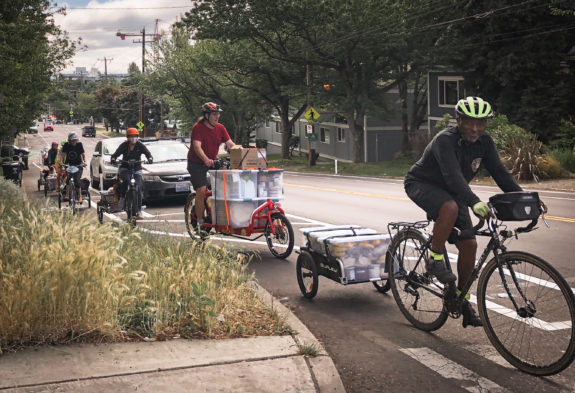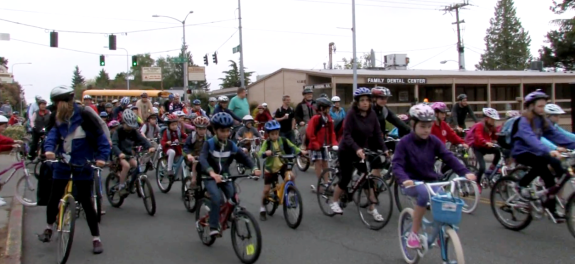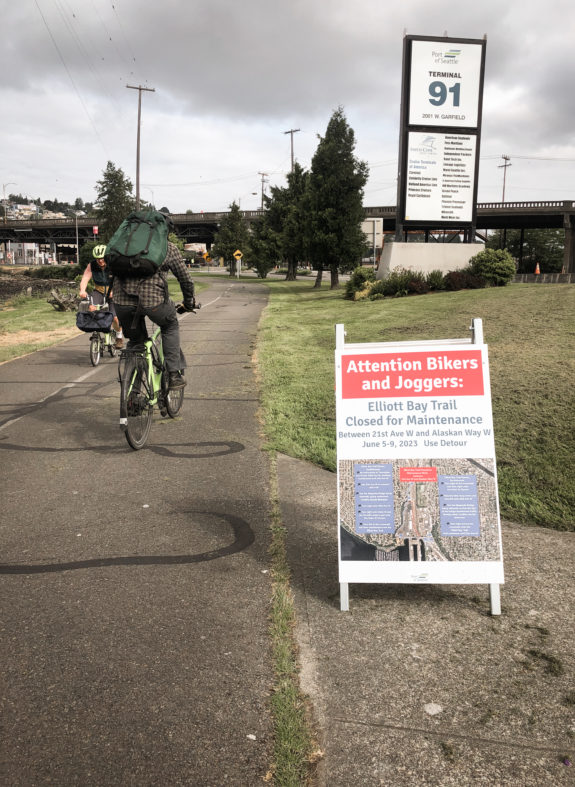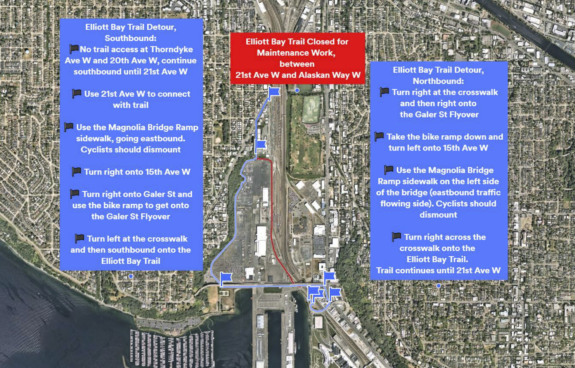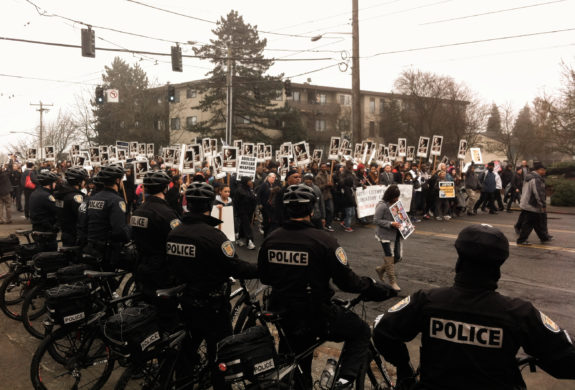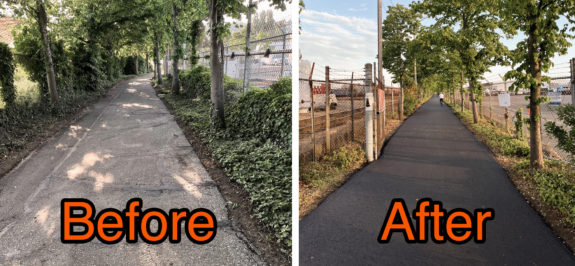
The Port of Seattle’s Interbay detour ended up lasting less than one day rather than the originally-announced 5-day closure. And the result is a much smoother trail surface. Tree roots poking up from below had made the stretch of the Elliott Bay Trail through the Interbay rail yard very bumpy and jarring.
As we reported in our previous post, the trail detour exposed Interbay’s serious lack of safe walking and biking options. The Port responded to concerns about the detour by making the closure as short as possible, which was great. But Seattle needs to take a serious look at Interbay’s dangerous and uncomfortable streets as the area becomes more and more of a destination rather than only an industrial area with a highway-style road through it. Sound Transit’s light rail line to Ballard will serve Interbay, and the streets need to be friendly for people outside of cars before that happens. And it is going to take a lot of work to get there.
(more…)
